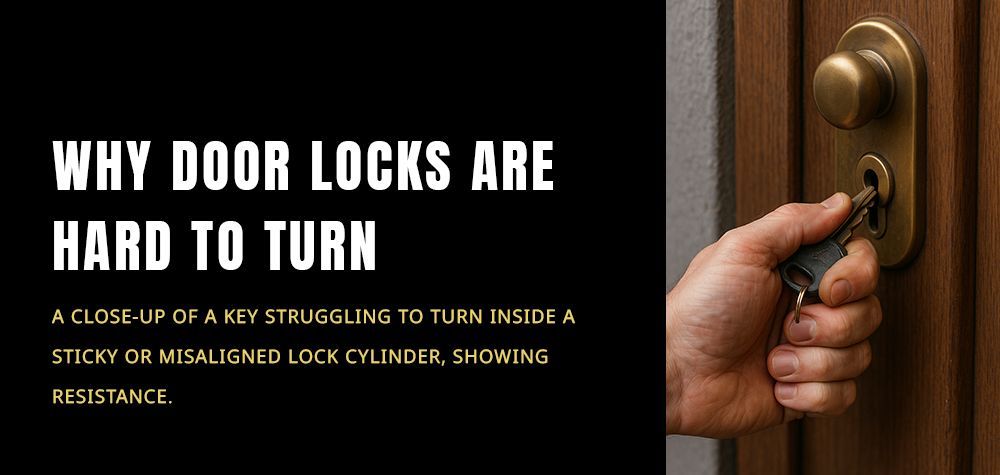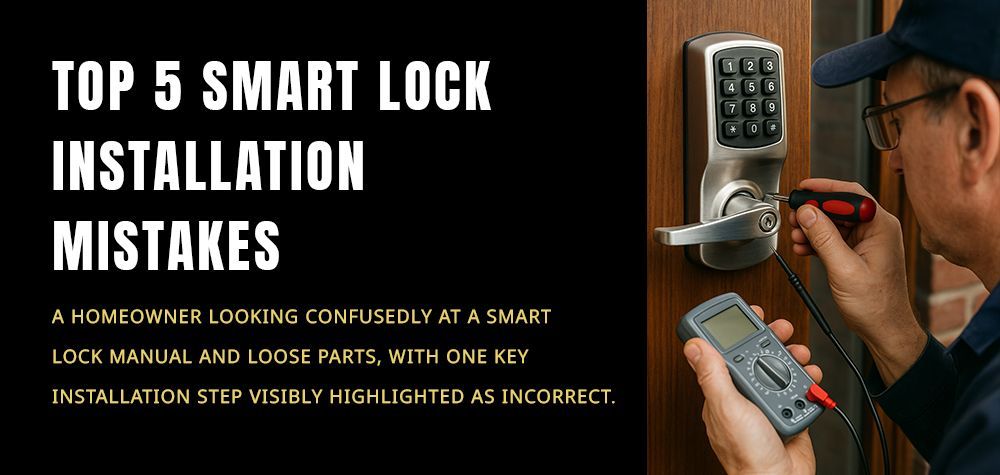What to Do If You Lose Your Safe Key or Combination: Step-by-Step Guide to Regaining Access
Losing access to your safe, whether it’s due to a missing key or forgotten combination, can be a stressful situation, especially when valuable documents or items are locked inside. Safes are designed to be secure, which is great for protection but can be a challenge when you’re the one locked out. Fortunately, there are ways to regain access without damaging your safe. This detailed guide covers what to do if you lose your safe key or combination, offering practical solutions and expert advice.
1. Stay Calm and Assess the Situation
Before taking any steps, it’s important to remain calm and assess the situation. Consider these initial questions:
- Have You Misplaced the Key or Forgotten the Combination?: Determine whether it’s a temporary loss (e.g., you just forgot where you placed the key) or if it’s something more permanent.
- What Type of Safe Do You Have?: Is it a key-operated safe, combination lock, or electronic keypad? Different safes require different approaches for regaining access.
By understanding the type of safe you’re dealing with and the nature of the issue, you can better decide on the next steps.
2. Check the Manufacturer’s Instructions or Support
If you have the manufacturer’s instructions, check them first for any guidance on what to do in case of a lost key or combination. Some safes come with reset options or backup keys. Manufacturers may also provide customer support services that can guide you through the process of accessing your safe. Steps to take include:
- Locate the Safe's Serial Number: Most safes have a serial number on the inside of the door or the back of the safe. You’ll need this when contacting the manufacturer.
- Contact the Manufacturer: Many safe manufacturers offer help lines or support services. They may provide instructions for resetting the combination or replacing a lost key.
- Proof of Ownership: Be prepared to provide proof of ownership and identity, as manufacturers require this before helping you access the safe.
3. Try Default Codes (For Digital Safes)
If you’ve lost the combination to a digital safe, it’s worth trying any default factory codes. These codes are often listed in the user manual or can be found through a quick online search of the safe’s make and model. Keep in mind:
- The Default Code Is Temporary: Once you access the safe, be sure to reset the code to something secure.
- Test Battery-Powered Digital Keypads: If your digital keypad isn’t responding, check the batteries and replace them if needed. Sometimes the issue is as simple as dead batteries.
4. Search for a Backup Key
Some safes come with backup keys in case of a forgotten combination. If you’ve lost your key or combination, look for a backup key that might have been included with the safe at the time of purchase. Consider checking:
- The Original Box: Safes often come with a backup key stored in the packaging.
- Hidden Storage Spots: You might have hidden the backup key somewhere safe in your home. Search drawers, lockboxes, or other secure places where you may have stored it.
- Verify with the Manufacturer: If you’re unsure whether your safe came with a backup key, check the manual or contact the manufacturer.
5. Use a Locksmith for Assistance
If you’re unable to access the safe through DIY methods, it’s time to consider professional help. A qualified locksmith has the tools and expertise to open your safe without causing damage. Key reasons to call a locksmith include:
- Safe-Specific Expertise: Locksmiths have the knowledge to deal with different types of safes, from traditional key locks to more complex combination and digital locks.
- Non-Destructive Methods: A locksmith can often open the safe without damaging it, allowing you to continue using it after retrieving your valuables.
- Creating a New Key: If you’ve lost your key, locksmiths can cut a new one or provide key replacement services.
6. Resetting the Safe Combination
In cases where you’ve simply forgotten the combination, some safes offer a combination reset feature. Follow these steps to reset your combination (if applicable):
- Check the Manual: Your user manual will explain whether your safe has a combination reset option and how to use it.
- Use the Key or Override Option: Many safes have an override option that allows you to open the safe and reset the combination using a backup key or master code.
- Follow the Manufacturer's Instructions: If the manufacturer allows combination resets, follow their steps to set a new code securely.
7. Consider Safe Drilling as a Last Resort
If all else fails and you absolutely need to access the contents of your safe, drilling might be an option. However, this should only be done by a professional locksmith or safe technician, as it will likely damage the safe. Keep in mind:
- Cost of Repairs or Replacement: Drilling into a safe will likely render it unusable, so factor in the cost of repairing or replacing the safe.
- Professional Services Only: Attempting to drill the safe yourself can lead to damage or even injury. A professional will know exactly where and how to drill without causing unnecessary damage.
8. Prevent Future Access Issues
Once you’ve regained access to your safe, take steps to prevent future lockouts. Here are some preventative measures:
- Store Keys Securely: Keep your key in a safe but easily accessible place. Consider using a lockbox or key organizer.
- Write Down Combinations: Record your safe combination in a secure location, such as a password manager or encrypted file.
- Register with the Manufacturer: Some manufacturers allow you to register your safe, which can help with future issues regarding keys or combinations.
Conclusion
Losing your safe key or combination is an inconvenience, but it’s not the end of the world. Whether you’re able to regain access using DIY methods like factory codes or need to call in a professional locksmith, there are several options available to get you back into your safe. By following these steps, you can unlock your valuables without causing damage or unnecessary frustration. Going forward, be sure to store your keys or combinations securely to prevent future lockouts and ensure quick access when needed.
Call Us Any Time!







